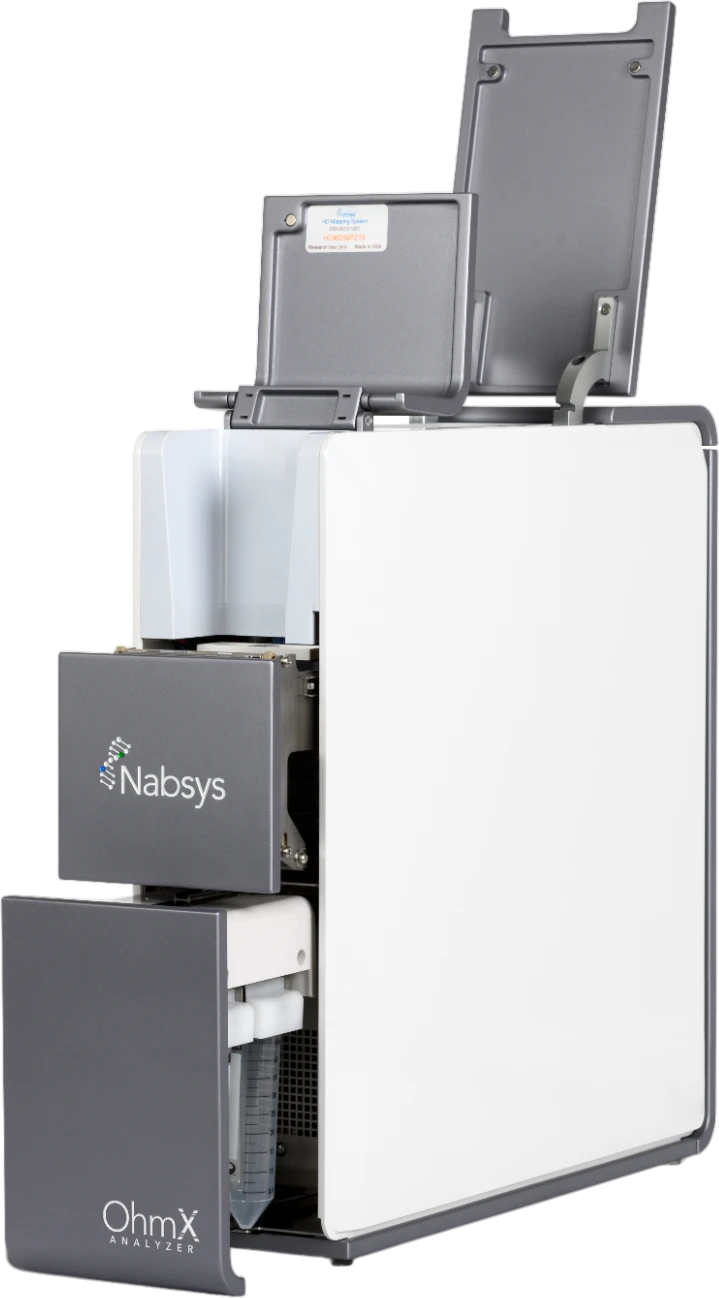Cell and Gene Therapy



Why Genomic QC Matters in CGT
Cell and Gene Therapy (CGT) is revolutionizing the treatment of previously untreatable diseases, but ensuring genomic integrity remains one of its greatest challenges. Throughout cell culture, reprogramming, editing, and differentiation, cells can acquire structural variants, chromosomal rearrangements, and other instabilities that impact therapeutic safety and efficacy. While tools like NGS, microarrays, FISH, and karyotyping are widely used, each leaves blind spots—particularly for structural variants that play a central role in genome stability. Genome editing technologies such as CRISPR add further complexity, as unintended on- and off-target alterations must be accurately assessed to safeguard translational and clinical success.
Where Current QC Falls Short
- Low-resolution
- Highly subjective
- Unable to detect allelic imbalances
- High turnaround time
- Complex workflow requiring specialized staff
- Requires cell culturing (added 7 - 14 days)
- Only used for aneuploid and target sites
- Not genome-wide
- Only detects CNVs and allelic imbalances
- Cannot detect balanced rearrangements
- Challenges resolving repeat rich regions
- Targeted sequencing will not detect CNVs or SVs
- Limited detection of certain genomic variants under clonal heterogeneity
- Rarely genome-wide
- Genome-wide sequencing is costly and has low sensitivity for CNVs and SVs
Nabsys closes these gaps with comprehensive, genome-wide SV detection in a single assay.
How Nabsys Fills the Gap
Comprehensive Structural Variant Detection
- Detects structural variants (SVs) and chromosomal aberrations across a wide size range (300 bp to several megabases).
- Provides a single assay view, eliminating the need to stitch together results from NGS, microarrays, FISH, and karyotyping.
- Captures the hidden SVs that often drive instability in cell lines, iPSCs, and engineered cells.
Enhanced Safety for Therapeutic Development
- Identifies hidden rearrangements that can impact oncogenes or tumor suppressors, directly affecting therapeutic safety.
- Ensures genomic stability throughout cell culture, reprogramming, and expansion stages.
- Reduces the risk of unexpected transformation events during translational or clinical development.
Accessible, Scalable, and Cost-Effective
- Compact and affordable system, avoiding the high costs of long-read sequencing platforms.
- Reagent Rental model eliminates upfront capital expense, enabling rapid adoption by research groups of any size.
- No batching required to access low run costs
How EGM Fills the Gap
Advantages of EGM
Our Products
The state-of-the-art OhmX Platform uses electronic nano-detectors to deliver the highest resolution for whole genome structural variant analysis. You can now perform whole genome analysis of SVs down to 300bp in size—enabling insights into previously undetectable DNA variations.
Learn More




